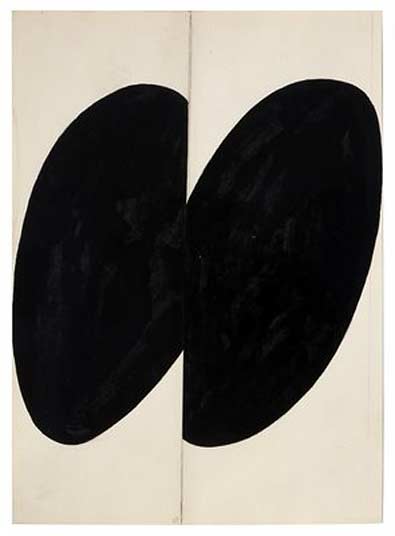To construct and to refrain from destruction

Astrophysicists think they know how to destroy a black hole. The puzzle is what such destruction would leave behind.
The idea of a body so massive that its escape velocity exceeds the speed of light dates back to the English geologist John Michell who first considered it in 1783. In his scenario, a beam of light would travel away from the massive body until it reached a certain height and then returned to the surface.
Modern thinking about black holes is somewhat different, not least because special relativity tells us that the speed of light is a universal constant. The critical concept that physicists focus on today is the event horizon: a theoretical boundary in space through which light and other objects can pass in one direction but not in the other. Since light cannot escape, the event horizon is what makes a black hole black.
The event horizon is somewhat of a disappointment to many astrophysicists because the interesting physics, the stuff beyond the known laws of the universe, all occurs inside it and is therefore hidden from us.
What physicists would like, therefore, is way to get rid of the event horizon and expose the inner workings to proper scrutiny. Doing this would destroy the black hole but reveal something far more bizarre and exotic.
Today, Ted Jacobson at the University of Maryland and Thomas Sotiriou and the University of Cambridge explain how this might be done in an entertaining and remarkably accessible account of the challenge.
artwork { Ellsworth Kelly, Black Forms, 1955 | ink, graphite and collage on paper }


